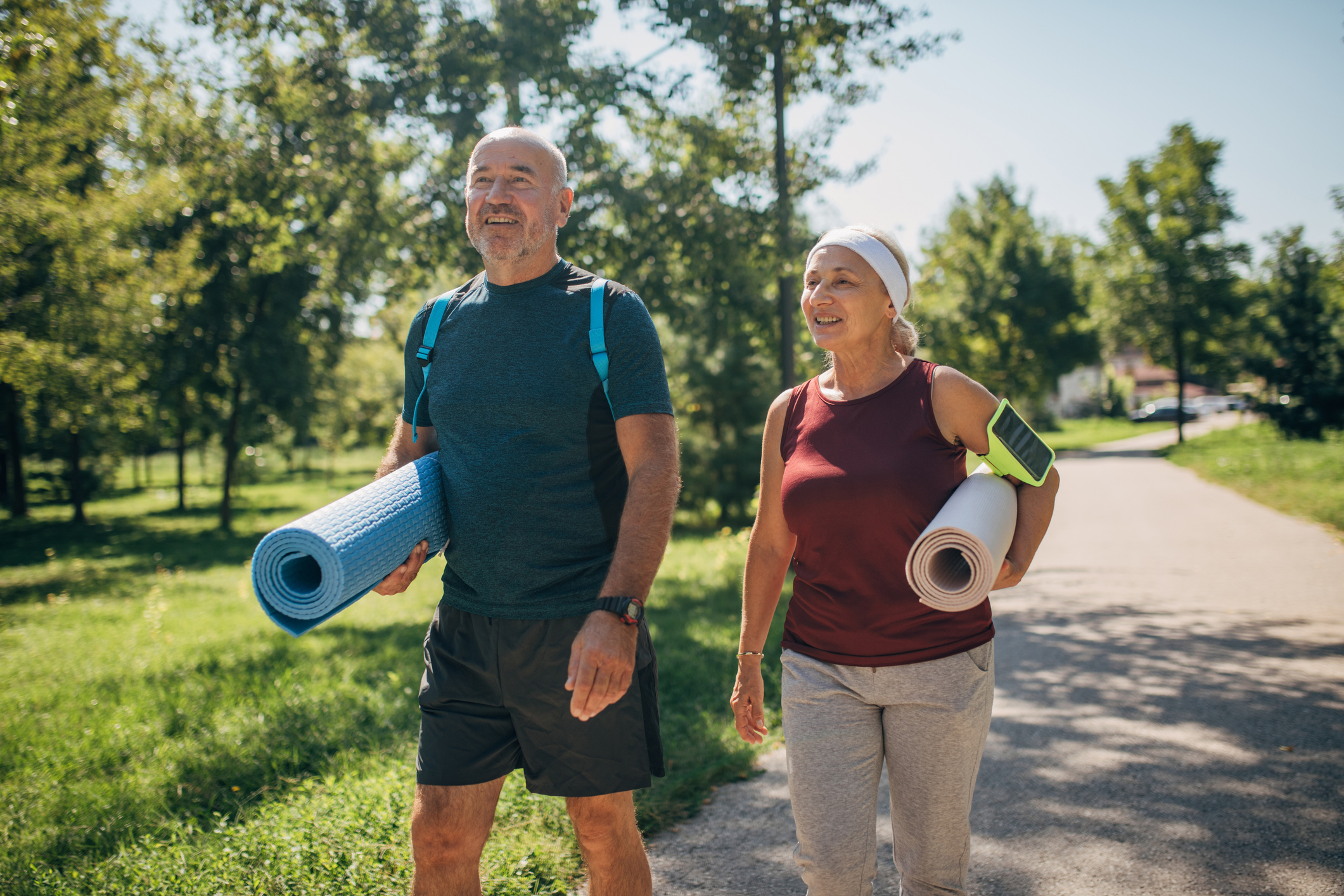Get Easy Health Digest™ in your inbox and don’t miss a thing when you subscribe today. Plus, get the free bonus report, Mother Nature’s Tips, Tricks and Remedies for Cholesterol, Blood Pressure & Blood Sugar as my way of saying welcome to the community!
Get strong and flexible with yoga’s “Upward Dog, Downward Dog”

Time is always a big factor when selecting a fitness or exercise program. For me, the best exercises are the ones that do more than one thing for me. So in today’s video article my friend Alan Orr of Gym 101 in New Zealand, will show you how to do yoga’s “upward dog, downward dog.” This two-movement routine both strengthens and stretches the body, and doesn’t take long, either.
The great thing about this particular exercise is that it works both your posterior and anterior kinetic chain. This means with one exercise you are working an entire series of connected muscles along the front side of your body and also along the backside of your body. You get a full body workout, a full body stretch, while allowing the myo fascia of the entire body to shift in positive ways.
Downward Dog Position
To get into the first position you can either: 1) bend forward from standing to place your hands flat on the floor; or 2) begin from kneeling and lift your buttock up off the ground.
Once in the position, you want a straight slant from your hips to your head, and allow the shoulders to be relaxed. Lock your arms out by pushing your hands into the floor for support and stability. Reach your tailbone upward as if trying to touch the ceiling. And really press your heels into the ground for support and a good stretch.
If you are not flexible, your heels can come up off the ground for now. Ultimately, you want to strive to have the feet flat and heels pressed flat.
Upward Dog Position
To get into the upward position, press your hips down toward the ground and lift your head up. Look up at the ceiling and allow your weight to rest naturally in the curvature of your body. In this position, your hands remain flat and pressed to the floor and arms locked straight; however, you are now balancing on the balls of your feet. Don’t force anything and try to relax in this position.
To return to downward position, raise your hips up toward the ceiling and lower your head toward the ground.
Two exercises
There are two ways to do “upward dog, downward dog” for optimal benefit:
1) For repetition, which strengthens the body while improving range of motion and connection.
2) For holding, which helps muscle strength endurance, and give a deep body stretch in each position.
Repetitions exercise
For repetitions, start by doing 10 up/down combinations. Do them smoothly and steadily, and at a good pace, breathing in as you go into upward position, and breathing out as you move back into downward position. Be sure to move back and forth into correct positions each time.
Holding exercise
For endurance, you want to move slower and hold each position for a period of time. This will be as long as you like, but at least enough to feel the stretch and tone the muscles. For these, breathe naturally and steadily, no holding the breath. Melt into the stretch and hold for 5 complete breaths in each position before slowly moving into the other.
Give these two versions of yoga’s claccic postures a try and see how they can move you forward in strength and flaxibilty!












